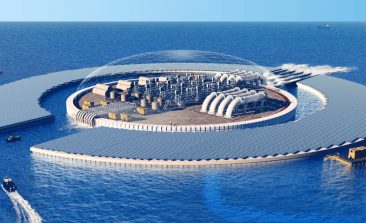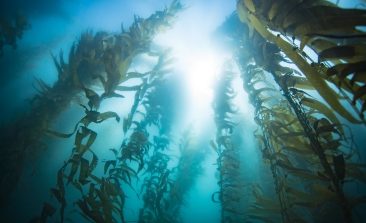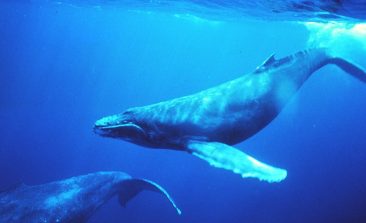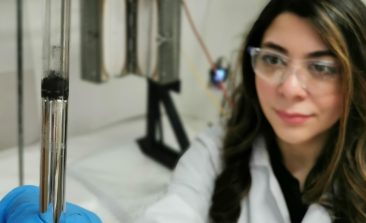Content to: carbon
Can Floating Facilities Capture Carbon and Reduce Ocean Acification?
The oceans are the world's biggest natural carbon sink, but more carbon has created more problems.
The Seas Are Also Being Deforested but One Startup Has a Simple Solution
Kelp forests play an important role in climate protection and biodiversity - but their numbers are dropping fast. Can this simple solution save them?
Is Onboard Carbon Capture the Way Forward for Cleaner Cargo?
Shipping is a significant contributor to global carbon emissions. Can onboard carbon capture drastically reduce this?
Can Decommissioned Mines Become Green Power Generators?
A new report supports the idea that underground mines can be transformed into energy storage facilities, adding the possibility of on-demand, carbon-free power to energy grids. Written by Sarah Derouin of AUG's Eos Magazine
Sea Power – Solutions from our Oceans and Rivers
Our seas and oceans are an impressive force of nature, but they also hold the potential for innovative new environmental solutions.
Can Artificial Whale Excrement Restore the Natural Balance of the Ocean?
Whale faeces is the starting point of many food chains in the ocean. Researchers are now trying to use excrement from the lab as fertiliser to boost the CO2 storage of the oceans.
New Carbon Capture Technique Turns Carbon Solid in Seconds. Can This Help Clean Up Heavy Industry?
Heavy industries like cement and steel are dirty business. But can new carbon capture technologies help them to become more circular?
Is Climate-Neutral Jet Fuel the Way to CO2-Neutral Air Travel?
This year, the non-profit organisation Atmosfair built the world's first industrial production facility for synthetic kerosene, thus providing CO2-neutral fuel for commercial aviation.
Will Small Personal Carbon Scrubbers Prove to be the Holy Grail of Carbon Capture Technology?
As carbon dioxide levels hit record highs, scientists and entrepreneurs around the world are devising new ways to “scrub” the atmosphere of CO2. For its part, California-based startup Holy Grail is developing cost-effective, simple carbon capture devices that can be deployed by small businesses, and maybe – one day – even individual consumers.








